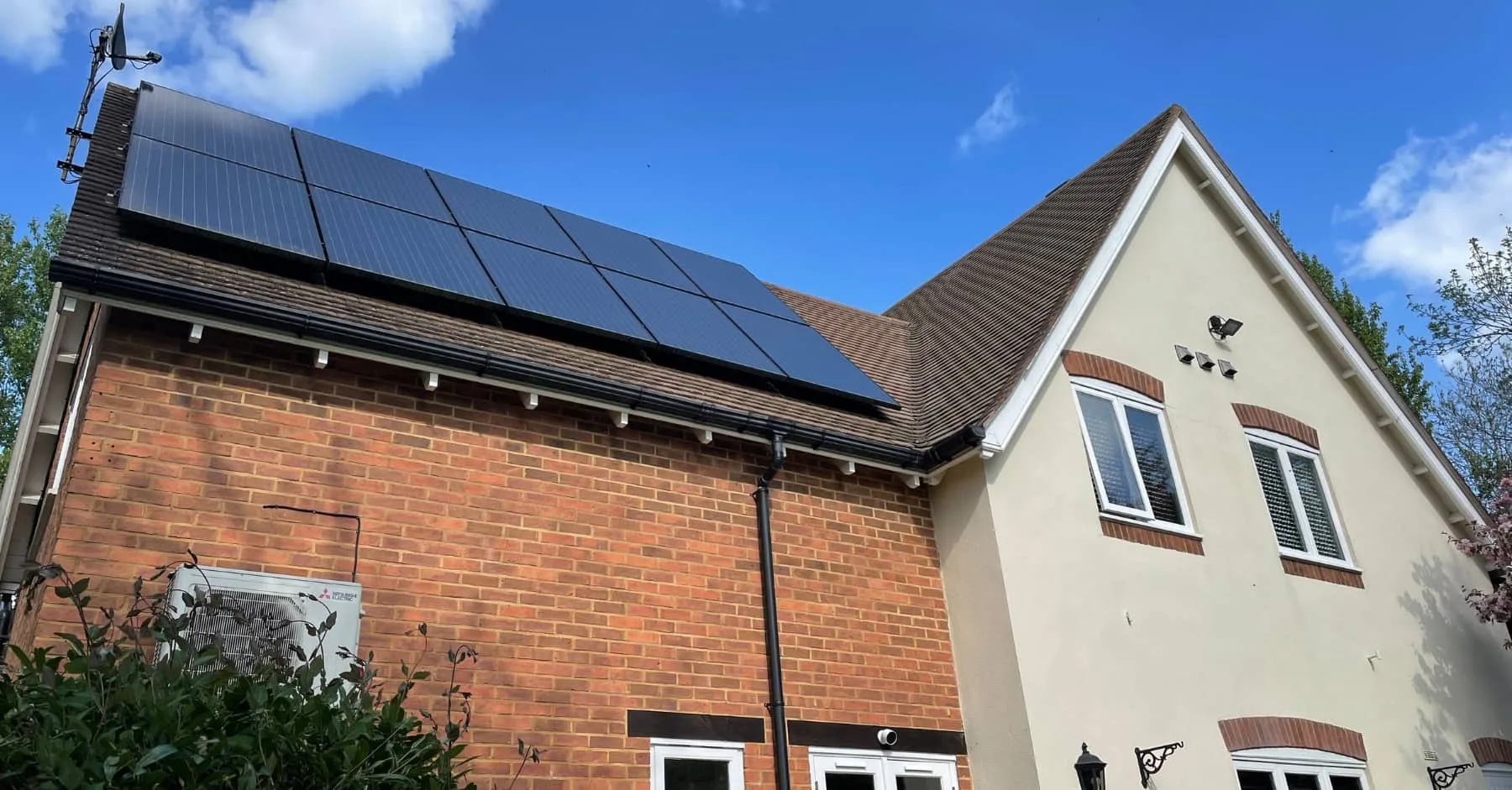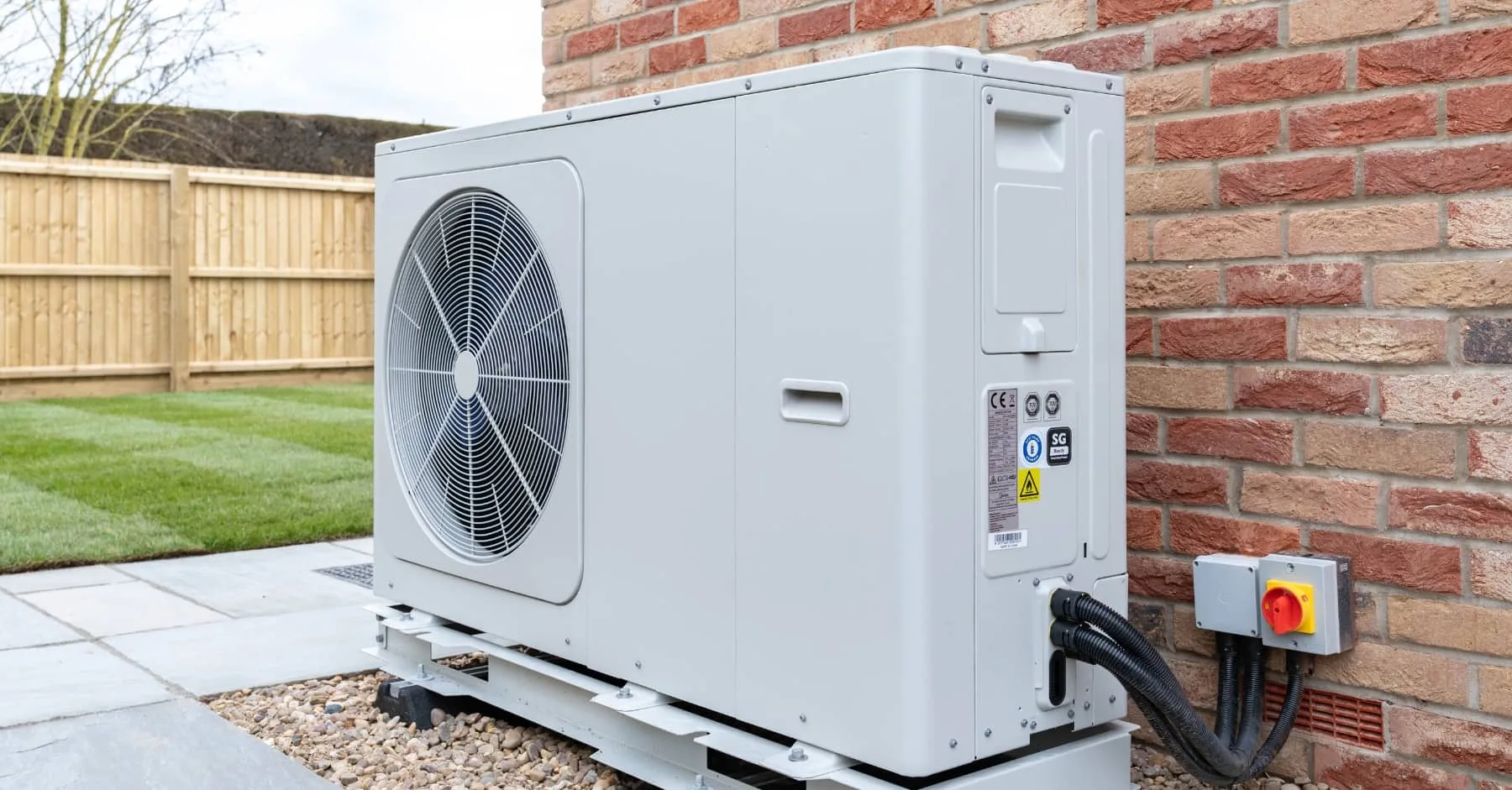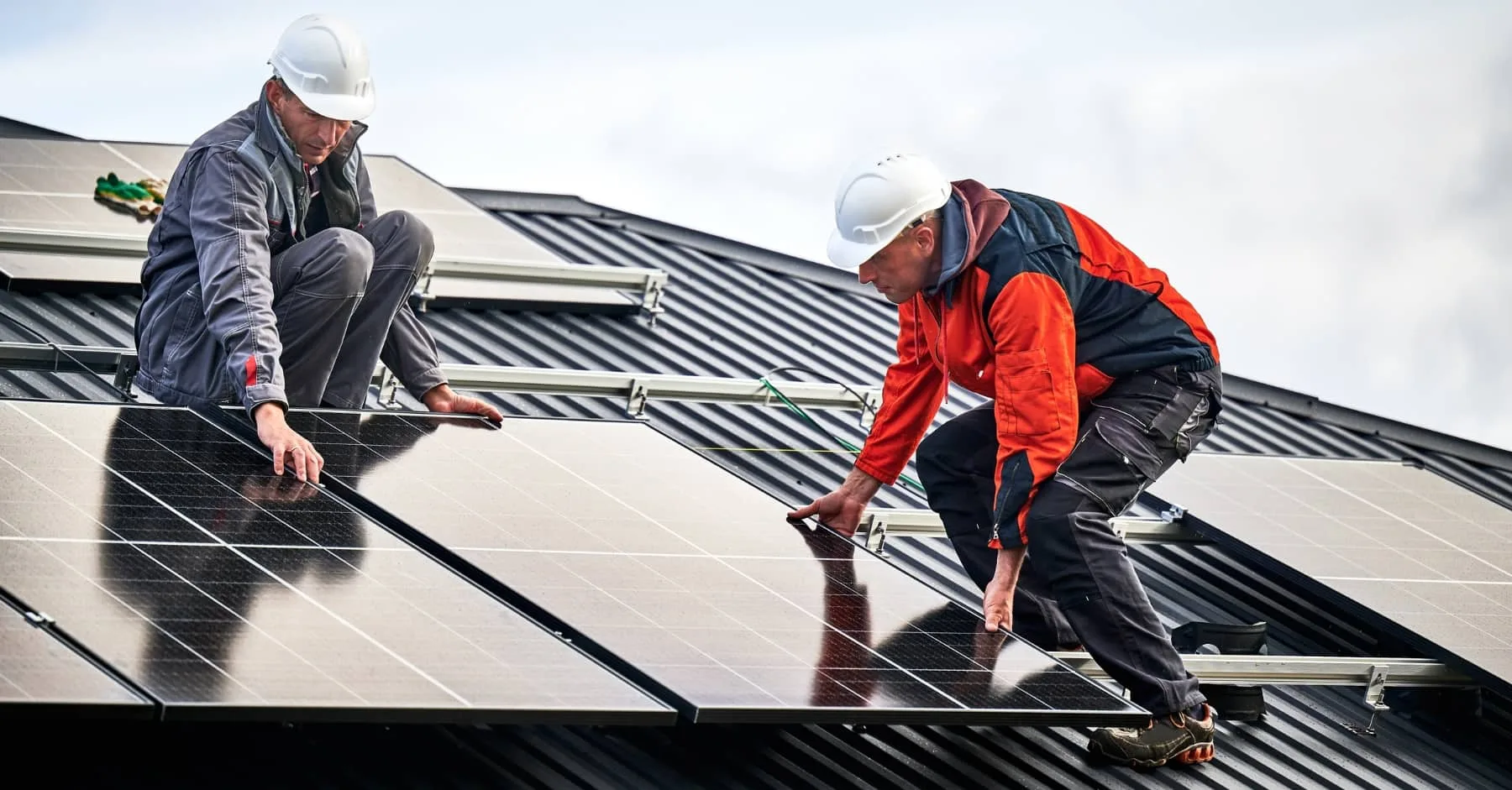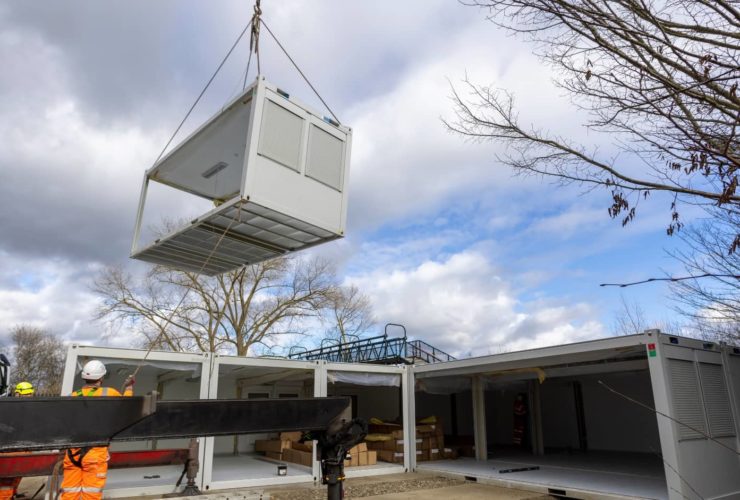What the Future Homes Standard Means for You
The Future Homes Standard is the latest push to make housing more energy efficient and reduce emissions. For those working in the construction industry, there are big implications from this shift. In all likelihood, it means getting familiar with low-carbon systems, new technologies, and there could be more pressure on build quality.
There’s been a clear steer from the government about cutting carbon and boosting efficiency, and if you’re not ready with the right skill sets and staff, you might well risk falling behind.
Moving Towards Low-Carbon Heating
What’s probably the biggest change under the Future Homes Standard is the pivot away from fossil fuel heating. It’s looking like most new homes won’t be built with gas boilers and that they’ll need low-carbon or carbon-neutral alternatives like heat pumps or potentially even shared heat networks.
On paper, this sounds pretty simple, but it’s actually a huge change in the way homes are planned, plumbed and wired. Heat pumps work very differently from gas boilers. They’re slower to warm up and run at lower temperatures. They’re also more dependent on decent insulation to be effective.
Because of this, thermal efficiency is becoming a bigger part of the design process. You can’t necessarily rely on brute force heating anymore.
There’s an Uptick in Solar Panel Installation
Future Homes Standard compliance also leans more heavily into renewables like solar panels. They’re not going to become compulsory, but that doesn’t change the fact that solar is one of the easiest and most effective ways to reduce energy demand from the grid.
Panels are already going in on thousands of new builds every year. However, through the second half of this year, they’ll probably become more common than ever thanks to the Future Homes Standard. That means more wiring, more inverter fitting, and more integration with other systems like battery storage or EV charging.
Potentially, it also means that there will be more pressure on roofers, electricians and designers to get the layout right.
UK Homes Need Better Insulation
Heating homes is one thing, but it’s pretty pointless if they can’t hold on to the heat they’ve got. So you can expect higher standards for airtightness and better thermal insulation in general. This could look like triple glazing and tighter seals. In terms of higher-end fixes, we could be looking at smart ventilation systems with heat recovery baked in. This means firms in the construction industry will need to be confident in the skills of their workforce in delivering these kinds of solutions.
Part Z Takes Whole-Life Carbon Into Account
The Future Homes Standard does focus on heating emissions, but it also nods to an upcoming regulation: Part Z. The aim of Part Z is to measure and limit embodied carbon. This means the emissions that come from the materials, manufacturing, transport, and demolition of the project.
At the moment, Part Z is a proposal rather than a mandate. If it’s approved, though, it’ll mean you need to account for the full carbon footprint of a building and not just its running costs. This probably won’t have a huge day-to-day impact on your site workers, but it will change the kinds of materials and techniques (and therefore skills) that you use on the job.
You might see more demand for recycled content and less cement-heavy concrete. Perhaps lightweight construction methods will increase in prominence, too. Waste will definitely be under the microscope, so better planning and material usage need consideration.
What This All Means for the Skills Gap
There’s a lot of change in the construction industry at the moment. Green building trends, various investment promises; it’s all happening fairly quickly. On top of this, the sector’s already facing a skills shortage, and these new regulations add more pressure. You need the right people with the right training if your firm is going to be able to deliver these targets.
Air source heat pumps need different pipework and layout considerations compared to a traditional gas boiler. Electricians need to understand solar integration and smart energy systems. None of this is unmanageable, and the government has shown that it’s willing to invest in training and upskilling within the construction industry. But it does need a sector-wide shift in mindset if firms are going to be able to cope.
Looking for the Right Staff to Bridge the Skills Gap?
We’re proud of our track record in connecting the right candidates with clients across a range of vibrant sectors. ITS can help you pair experienced tradespeople, site managers, labourers, and more with the right roles in your firm. So if you’re working on Future Homes Standard projects or planning for what’s coming, we can help you fill the gaps in your team with candidates who are trained, reliable, and ready to work.
We work across the UK construction industry and understand the challenges you’re facing, so if you’re feeling the pressure of tighter regulations and need skilled people, you aren’t alone. Get in touch with our team today and see how we can support your projects.
FAQs
Will all homes need solar panels under the Future Homes Standard?
No, they’re not mandatory. But they are one of the most common and most effective ways to meet the energy targets set by the new rules.
How will this affect construction timelines?
Builds might end up taking a bit longer as more focus is placed on quality, precision, and integration of low-carbon technologies.
Is Part Z already in effect?
No. It’s still a proposed regulation. It is gaining support across the industry, though, and some firms are already working as if it’s coming in soon to stay ahead.
What’s the difference between net-zero and carbon neutral?
Quite often, these are used interchangeably, but carbon neutral usually means balancing emissions for a single process or product, while net-zero is a broader look at all emissions and offsets across the whole lifecycle.







